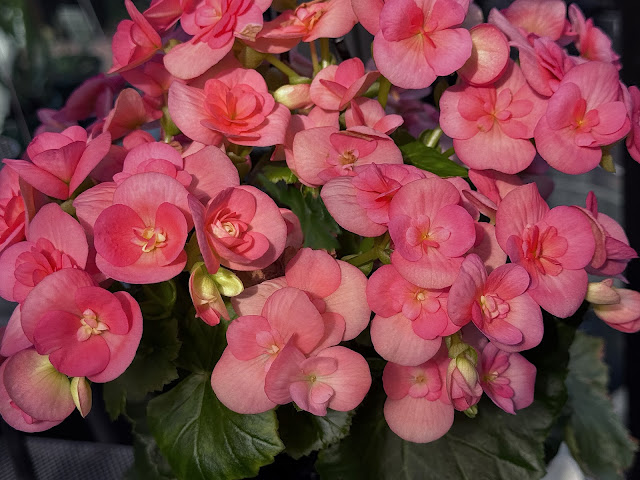Montsalvat is an artists' colony in Melbourne's Northeaster outer suburb, Eltham, established in 1934, and home to over a dozen buildings set amongst verdant established gardens. The colony of Montsalvat has a detailed history that reflects the life of Justus Jörgensen and his friends and family. Its buildings and gardens are steeped in the art and culture of Melbourne and its surroundings.
Architecturally Montsalvat has much in common with a simple French village in Provence, with a mix of rustic architectural styles. Justus Jörgensen was an architect and as a former student of Max Meldrum had spent many happy hours painting around Eltham. In 1934 Jörgensen purchased land and with his friends and students commenced the buildings that became Montsalvat, 26kms from Melbourne.
The grounds and buildings are currently used for exhibitions, performances, conferences, seminars, weddings and receptions; however, artists working in a variety of mediums continue to reside in Montsalvat. Several classes on various disciplines of art are offered year round by the resident artists. Today Montsalvat is a popular tourist attraction and the entire complex is listed on the Victorian Heritage Register.










